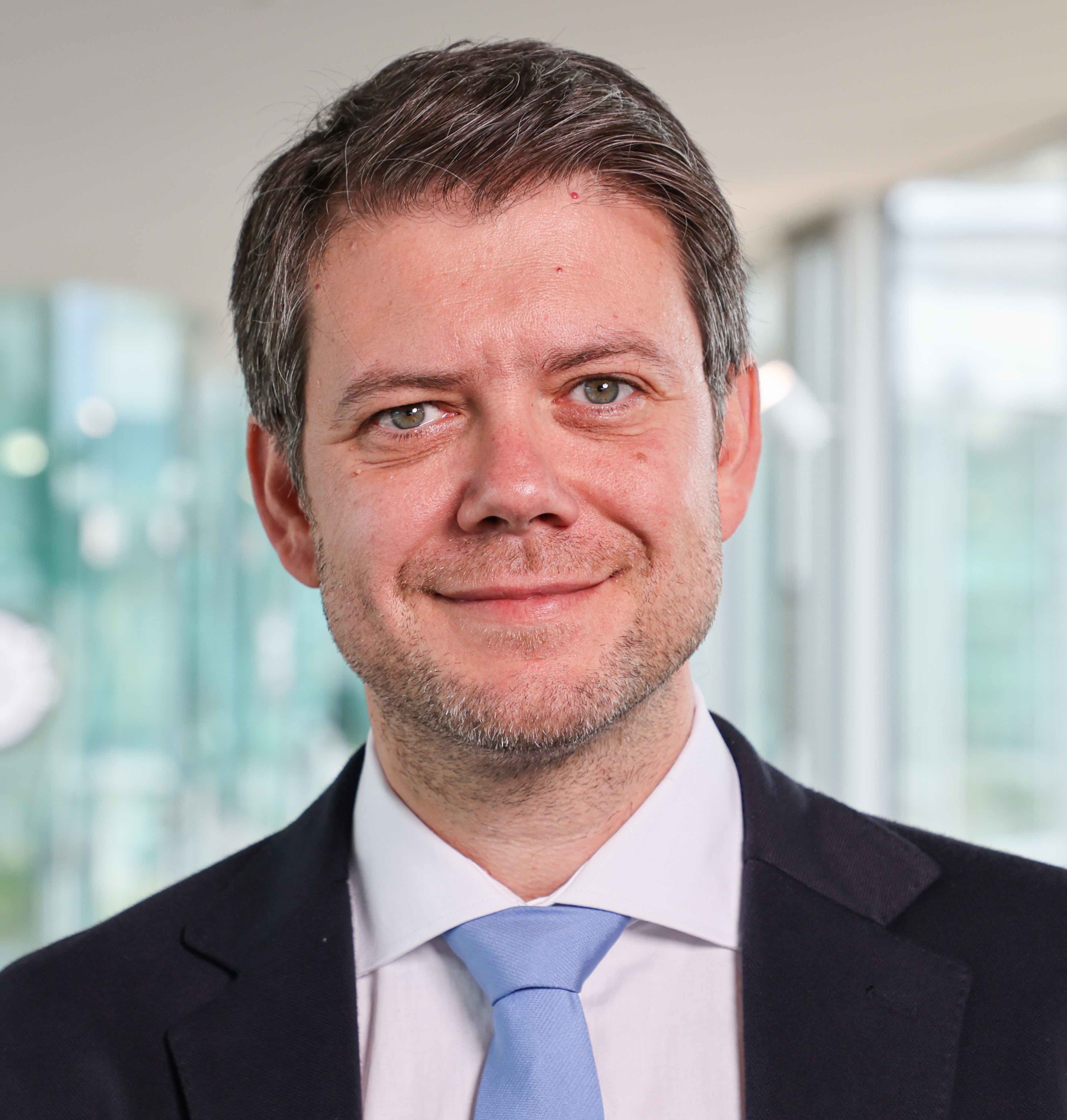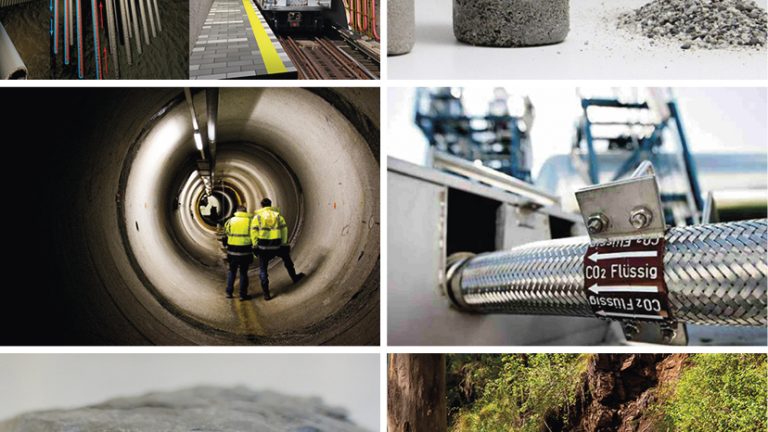Landslide analysis
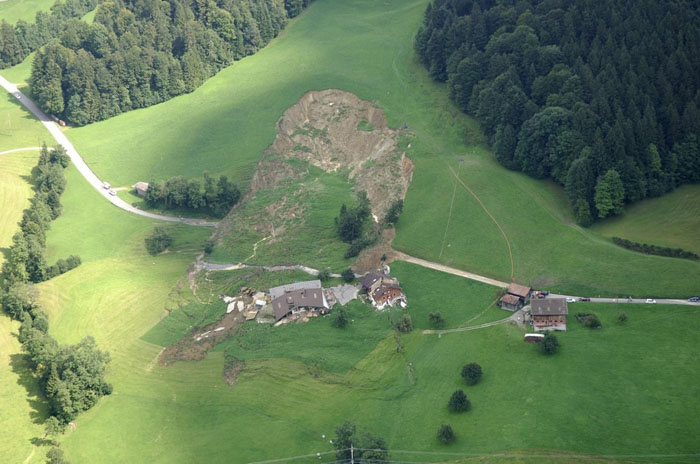
Landslide Research Group:
Research Projects
LMS is currently involved in the following projects:SafeLand: Living with landslide risk in Europe
Involved persons: Prof. Dr. Lyesse Laloui, Dr. Alessio Ferrari, John Eichenberger
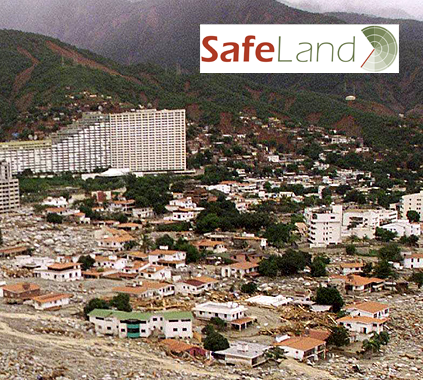 SafeLand: Living with landslide risk in Europe is a project financed by the eureopean commission within the FP7 framework. The project started in Mai 2009 and lasts 3 years. The principal objective is to provide the different communities and decision makers with an improved methodology for the quantitative assessment of landslide risk in Europe.
SafeLand: Living with landslide risk in Europe is a project financed by the eureopean commission within the FP7 framework. The project started in Mai 2009 and lasts 3 years. The principal objective is to provide the different communities and decision makers with an improved methodology for the quantitative assessment of landslide risk in Europe.
Special focus is given to climate change effects on slope behaviour and the effects of human activities. Further, guidelines will be provided as aid for the adequate choice of strategie in risk management. Mitigation measures are proposed as well.
Within the project, our goal is to contribute to the state-of-the-art on landslide processes and geomechanical modelling. In order to understand the key physical processes in landslides and to improve the quality of predictive tools, numerical models are developed in our laboratory.
Mountain Risks: from prediction to management and governance
Involved persons: Prof. Dr. Lyesse Laloui, Dr. Alessio Ferrari
 Mountain Risks is a Marie Curie Research Training Network in the context of the EC 6th Framework Program. Its focus is research and training in all aspects of mountain hazards and risk assessment and management. This European network intends to develop an advanced understanding of how mountain hydro-geomorphological processes behave and to apply this understanding to living with the hazards in the long term.
Mountain Risks is a Marie Curie Research Training Network in the context of the EC 6th Framework Program. Its focus is research and training in all aspects of mountain hazards and risk assessment and management. This European network intends to develop an advanced understanding of how mountain hydro-geomorphological processes behave and to apply this understanding to living with the hazards in the long term.
The Mountain Risk Project involves 14 partners institutes throughout Europe each hosting a Post-Doc and Ph.D position. LMS hosts the Post-Doc position held by Dr. Alessio Ferrari.
Hazard analysis is one of the main step in the general methodological approach of mountain risk governance; for this topic there are still many important ‘gaps’, which need to be addressed. The Post-Doc project will contribute, by using a hydro-mechanical finite element approach, for the identification of critical factors involved in the behaviour of large landslide processes in order to assess critical triggering thresholds.
Triggering of Rapid Mass Movements in Steep Terrain – TRAMM
Involved persons: Prof. Dr. Lyesse Laloui, Dr. Mathieu Nuth, John Eichenberger
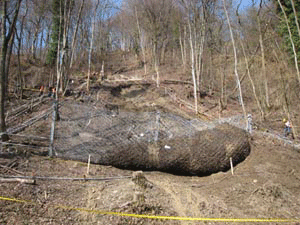 In the context of the Competence Center of Environment and Sustainability of the ETH Domain, the primary focus of the TRAMM research poly-project is enhancing the understanding of triggering and initiation mechanisms, including the transition from slow to fast mass movement processes, and flow characteristics of such catastrophic mass movements. The project will study the roles of heterogeneity and criticality of hydro-mechanical hill-slope processes on the onset of snow avalanches, landslides, and debris flows. An innovative feature will be the formulation of a framework that capitalizes on similarities between snow avalanches, landslides, and debris flows. Synergies between hydrologically-driven mass movements will also be exploited in the development of experimental, statistical and analytical methods.
In the context of the Competence Center of Environment and Sustainability of the ETH Domain, the primary focus of the TRAMM research poly-project is enhancing the understanding of triggering and initiation mechanisms, including the transition from slow to fast mass movement processes, and flow characteristics of such catastrophic mass movements. The project will study the roles of heterogeneity and criticality of hydro-mechanical hill-slope processes on the onset of snow avalanches, landslides, and debris flows. An innovative feature will be the formulation of a framework that capitalizes on similarities between snow avalanches, landslides, and debris flows. Synergies between hydrologically-driven mass movements will also be exploited in the development of experimental, statistical and analytical methods.
The LMS is encharged of the TRAMM subproject ‘soil mechanics’, in which advanced modelling of unsaturated soils – constitutive models and hydromechanically coupled finite element analyses – are used for an improved understanding of the triggering mechanisms.
Glissement de la Frasse
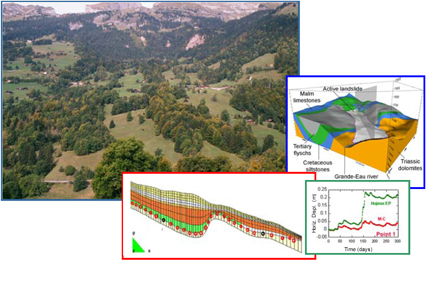 Communes d’Ormont – Dessous et de Leysin
Communes d’Ormont – Dessous et de Leysin
La Frasse landslide is located in the Swiss Prealps; it covers a surface of about 2.1 km x 0.5 km and it crosses two regional tourist roads. Important displacements have been observed there for over 150 years, and dating methods show that the landslide has been active for millenniums.
A joint venture has been set up between the LMS, the Laboratory of Engineering and Environmental Geology and several private consultants forming the “Association technique Norbert, De Cérenville Géotechnique + EPFL pour l’étude du glissement de La Frasse”.
Thanks to coupled hydro-mechanical analysis, it has been possible to model the behaviour of the landslide as a consequence of the pore-pressure field variations and to test the efficiency of several drainage systems.
Coupled Seismogenic Geohazards in Alpine Regions – COGEAR
Involved persons: Prof. Dr. Lyesse Laloui, Dr. Alessio Ferrari, John Eichenberger
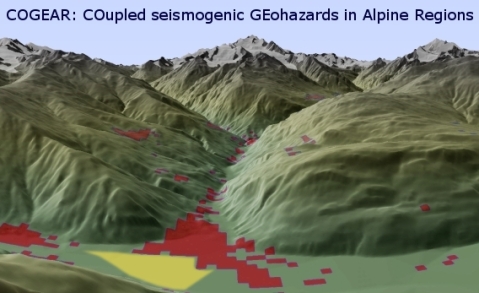 COGEAR is an interdisciplinary natural hazard project for investigating the hazard chain induced by earthquakes. It addresses tectonic processes and the related variability of seismicity in space and time, earthquake forecasting and short-term precursors, and strong ground motion as a result of source and complex path effects.
COGEAR is an interdisciplinary natural hazard project for investigating the hazard chain induced by earthquakes. It addresses tectonic processes and the related variability of seismicity in space and time, earthquake forecasting and short-term precursors, and strong ground motion as a result of source and complex path effects.
The project will study non-linear wave propagation phenomena, liquefaction and the triggering of landslides in soils and rocks as well as the potential of earthquake-induced snow avalanches. The focus will be on the physics of non-linear processes in relation to topography, geological disposition and slope stability. The tasks include detailed field investigations, development and application of numerical modelling techniques, assessment of the susceptibility to seismically induced effects and installation of different monitoring systems to test and validate the proposed models.
Geologische, hydrogeologische und geomechanische Modellierung des Erdrutsches bei Stein-Mumpf (AG)
Involved persons: Prof. Dr. Lyesse Laloui & Dr. Alessio Ferrari
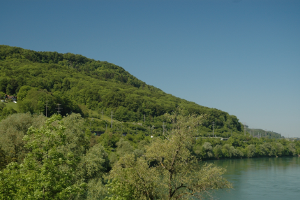 An active landslide in the Argovie canton is under study by means of a coupled hydro-mechanical model. Analysis results will constitute the base for the installation of an early warning system.
An active landslide in the Argovie canton is under study by means of a coupled hydro-mechanical model. Analysis results will constitute the base for the installation of an early warning system.
Recent Publications:
- Modelling landslides in unsaturated slopes subjected to rainfall infiltration using material point method. S. Bandara, A. Ferrari and L. Laloui, International Journal for Numerical and Analytical Methods in Geomechanics, 2016.
- Hydro-mechanical analysis of volcanic ash slopes during rainfall. L. Laloui, A. Ferrari, C. Li and J. Eichenberger. Geotechnique, vol. 66, num. 3, p. 220-231, 2016.
- Early warning thresholds for partially saturated slopes in volcanic ashes. Eichenberger J., Ferrari A., Laloui L.. Computers and Geotechnics 49, pp. 79-89, 2013.
- Modeling the Onset of Shallow Landslides in Partially Saturated Slopes Subjected to Rain Infiltration. Eichenberger J., Nuth M., and Laloui L.. In Geo-Frontiers 2011 – Advances in Geotechnical Engineering, pages 1672-1682. ASCE, 2011.

